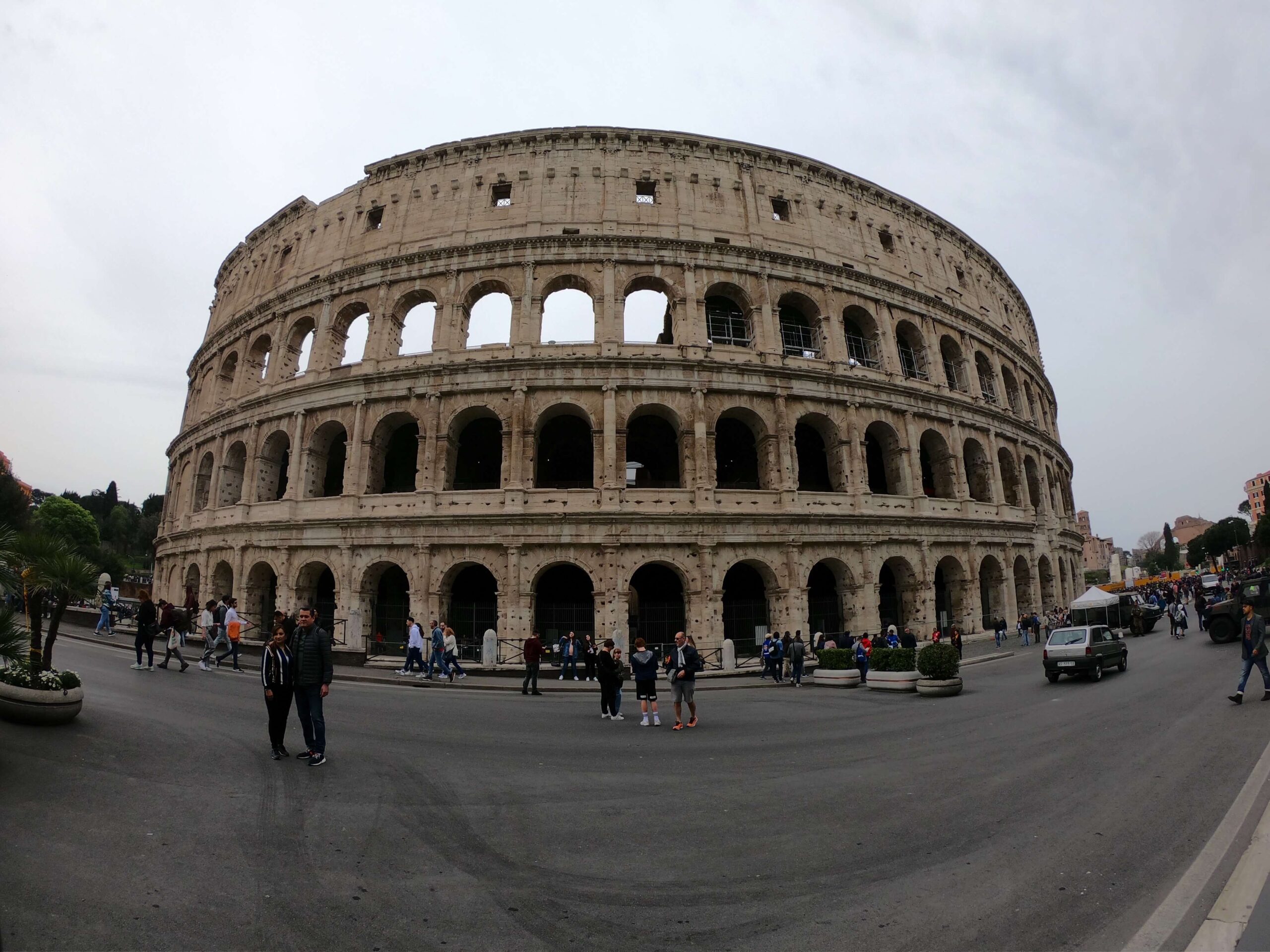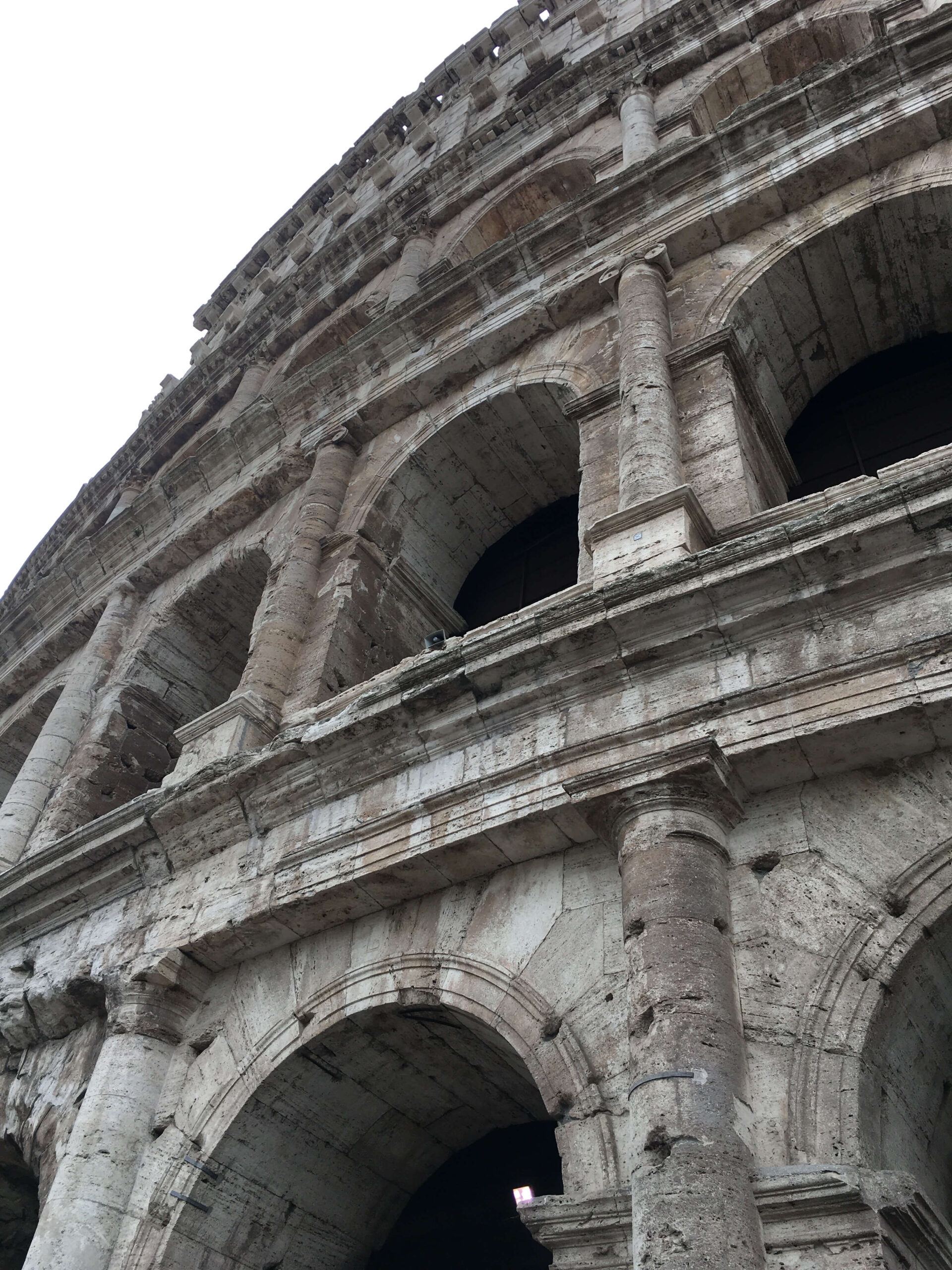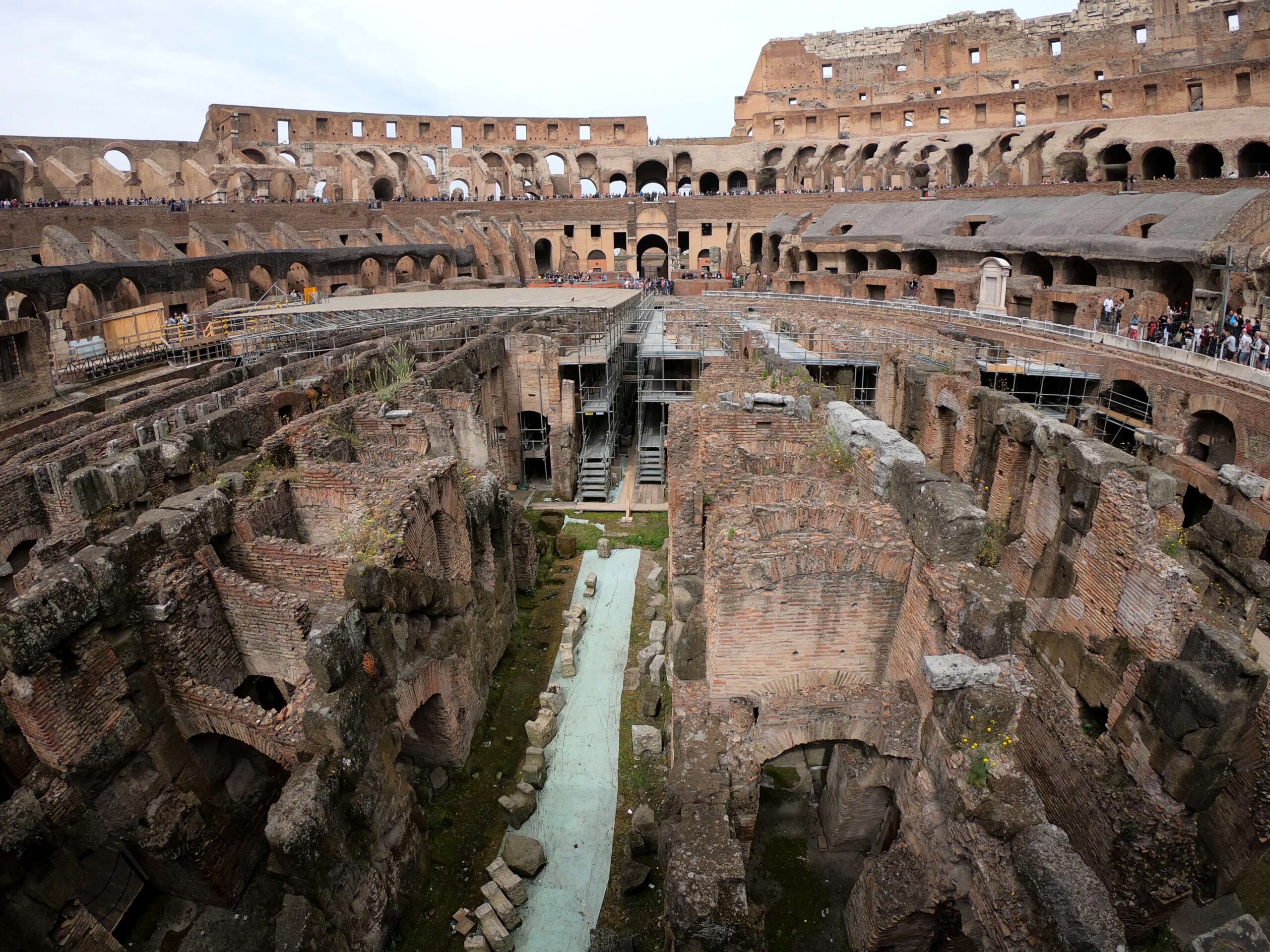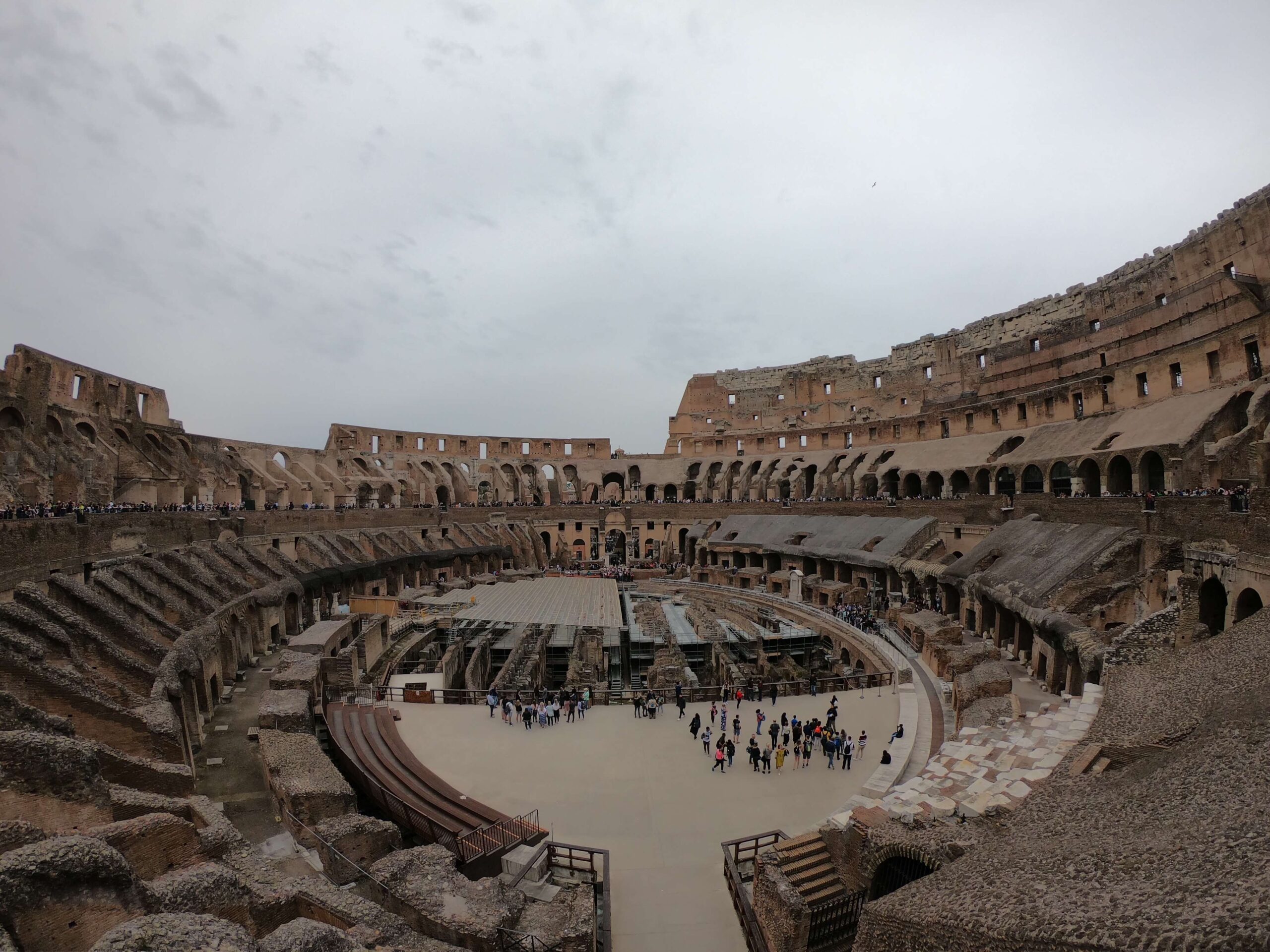
Birmingham Tolkien Trail: The Original Lord of the Rings Tour
United Kingdom | The complete guide to the Birmingham Tolkien Trail; the original Lord of the Rings tour. Discover what inspired J.R.R Tolkien’s fantasy epic!
“You wait ages for a bus, then two come at once”, as the saying goes. This couldn’t be more true in my case; in 28 years I’d never visited what is considered a “wonder of the world” and then came two in two months. Easter Sunday was always going to be the main attraction of the weekend in Rome for me; the opportunity to visit the world-famous Colosseum. An incredible ancient amphitheatre legendary for its gladiator battles and brutal entertainment.
I want to dedicate its own blog to this particular experience more so than the rest of the monuments visited throughout the weekend as this ticked another box in a greater overall dream of mine; to visit the Seven Modern Wonders of the World (and the honourary eighth, an original in the form of the Pyramids of Giza). Having witnessed the wonder of Chichen Itza in Yucatan, Mexico the month before, I was eager to add the Colosseum to my list.

We had booked a tour of the Colosseum, Roman Forum and Palatine Hill through Crown Tours, where we met the rest of our group outside of the Colosseum at 10:30am. I’d be a liar if I said that the combined 28.5km walked over the last two days hadn’t slightly taken it out of the legs (even a finely tuned athlete such as myself can suffer fatigue!), but this was easily countered by the excitement of visiting this grand venue.
We met our guide; an excellent, enthusiastic lady who paid attention to every detail throughout, even showing us the original turnstiles for the Colosseum and one of the 76 entrance arches that still has it’s original number 29 carved into the stone in red. I found this made the whole experience a lot more real, transporting you back to a time where this was the Wembley of their time; organised public events with the difference being the star’s of the show lost their head’s rather than the cup!

After getting through security, we walked out onto the floor of the Colosseum which was a truly mesmerising moment. It’s easy to let your imagination run amok as you picture baying crowds, the Emperor in his royal box and blood-spilling carnage ongoing around you. How mad is it, that they were able to flood the arena to host spectacular naval battles? We were also able to take a look down into the Hypogeum, which put a stop to that spectacle when inaugurated in 80AD. This was a maze of hallways and channels, storing weapons, caged animals and machinery; unbelievably, they even had 80 winch-operated lifts that raised men, stage-sets and wild animals up to arena-level via trap doors and inclines. Sheer madness! I was loving every second.
There’s a great atmosphere throughout the place; you get a sense that for all of Rome’s incredible historic buildings and artefacts, it is the Colosseum that is truly held in the highest regard. After exiting the floor underneath what would have been the royal box, we made our way upstairs to a higher level of the structure. As we climbed the stairs, our guide continued to provide an excellent insight into the detail of the building, pointing out the original sewage channels that ran down openly alongside where patrons would be coming and going.

The concourse provided some great exhibits showcasing certain models, or artefacts from this colossal amphitheatre. One that particularly caught my eye was the Loca (seats) of the Senators, who had marble seats engraved with their names on reserving their spot. Essentially, the ancient season ticket; the Club Wembley of ancient Rome. We made our way out into the open air where we could survey the arena from a higher vantage point, remaining impressed throughout as we took pictures and soaked in the surroundings. To this day, it still stands out as one of my favourite memories of the weekend and I’d definitely recommend it. Not only is it visually a memorable experience, but educationally the information on offer was soaked up in abundance by this super-geek.
Of course, on a human-level, it’s important to remember that many people died in the arena and it does highlight the darker side of human emotion; baying for someone to brutally slaughter another individual in the name of entertainment is something that we’ve thankfully moved on from as a society. Yet the Colosseum could also be seen as a fantastic example of engineering achievement by the Romans; an ambitious vision realised with talent, ingenuity and technology nowhere near the standards we have today.

With time getting on towards 12pm, and this 28-year old child still visualising the sea wars, gladiator battles and wild animals attempting to tear them limb-from-limb, it was time to leave this remarkable venue and meet up with the group again for the second half of the tour; visiting the Roman Forum and Palatine Hill.
Two down, six to go (including Giza). Where next?
Pin this article for future reference…

United Kingdom | The complete guide to the Birmingham Tolkien Trail; the original Lord of the Rings tour. Discover what inspired J.R.R Tolkien’s fantasy epic!

United Kingdom | A complete guide to the Sarehole Mill Tolkien Tour, where you can uncover the inspiration for J.R.R Tolkien’s The Lord of the Rings.

Depth of Mind is a travel blog providing honest, trustworthy advice to help aspiring travellers achieve an authentic travel experience.
All rights reserved – photography cannot be used without the express permission of the author.
© Depth of Mind 2019-2023
SIGN UP FOR THE NEWSLETTER
